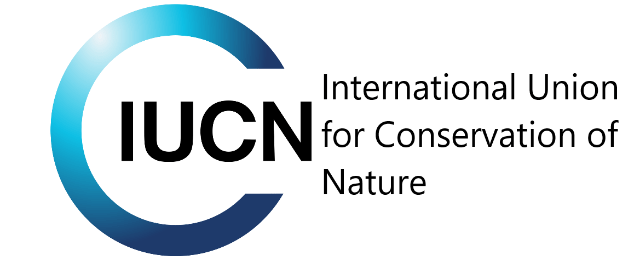Free Courses Sale ends Soon, Get It Now


Free Courses Sale ends Soon, Get It Now



Disclaimer: Copyright infringement not intended.
Context
Key Findings of the Study
Trends in India
Threats Contributing to Avian Biodiversity Loss
Importance of Birds to Ecosystem and Culture
Measures Needed
https://epaper.thehindu.com/Home/ShareArticle?OrgId=GOJ9Q42GR.1&imageview=0
© 2024 iasgyan. All right reserved